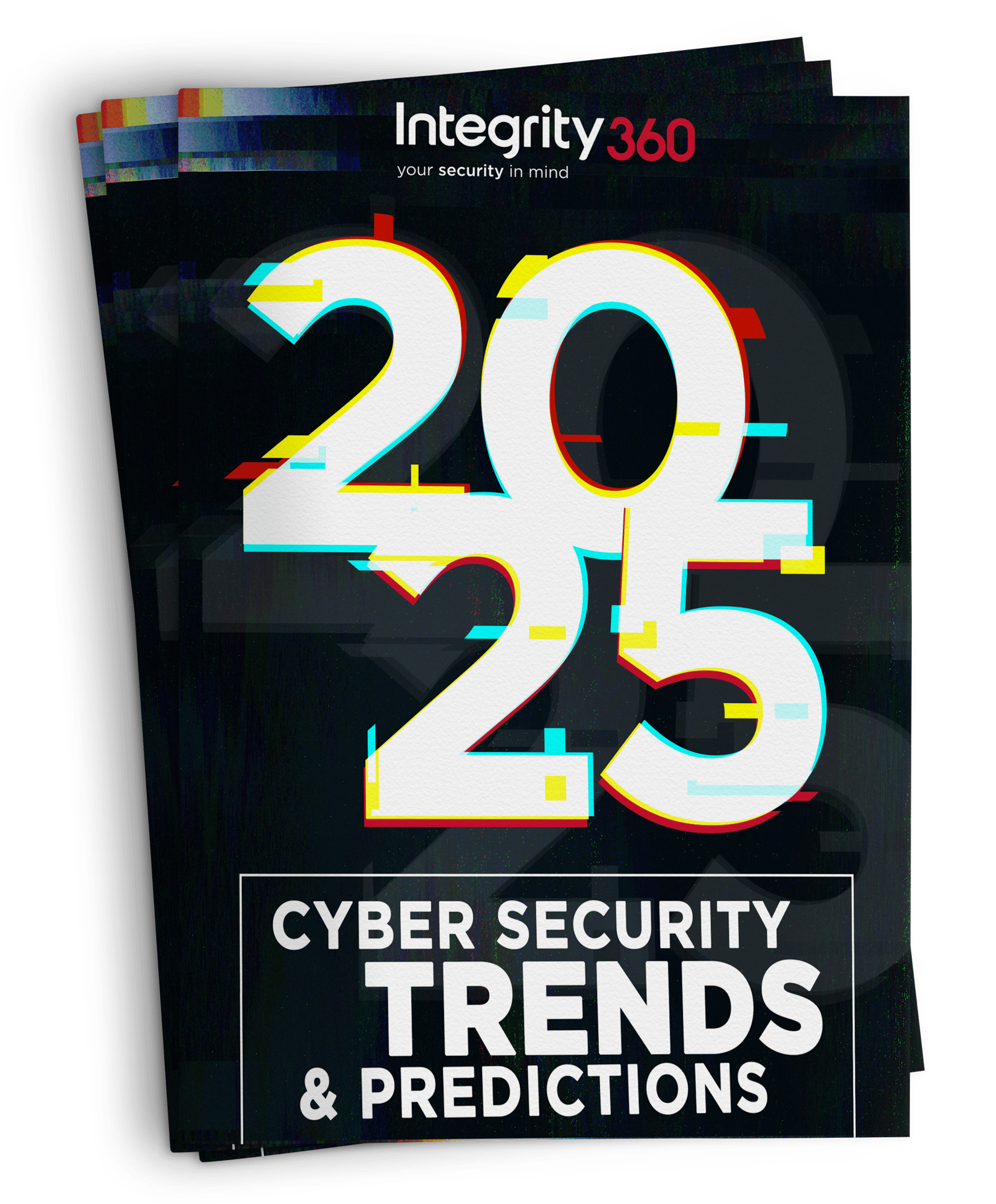From manufacturing lines and water utilities to transport hubs and energy plants, Operational Technology (OT) is a prime target for cybercriminals and nation-state actors.
As the lines between IT and OT blur, understanding the difference between them and securing both effectively has never been more critical.
What’s the difference between IT and OT security?
Information Technology (IT) security is the practice of protecting an organization's IT assets, including computers, networks, and data, from unauthorized access, attacks, and other malicious activity. It involves using a combination of technologies, processes, and physical controls to ensure the confidentiality, integrity, and availability of information. A key objective is to prevent threats like data breaches, malware, and phishing.
Operational Technology (OT) security, on the other hand, protects the physical systems that keep operations running — machinery, control systems, and critical infrastructure. Here, priorities shift: availability and safety come first, because downtime doesn’t just cost money; it can halt production or endanger lives.
|
IT Security |
OT Security |
|
|
Goal |
Protect information and digital assets |
Protect physical processes and safety |
|
Primary concern |
Confidentiality |
Availability and operational continuity |
|
Typical systems |
Servers, endpoints, cloud apps |
Industrial Control Systems (ICS), PLCs, SCADA |
|
Patch cycles |
Frequent and automated |
Infrequent — downtime risk |
|
Main threats |
Data breaches, phishing, ransomware |
Disruption, sabotage, unsafe operations |
|
Key standards |
ISO 27001, GDPR, NIS2 |
IEC 62443, NIS2, DORA (for critical sectors) |
Many industrial organisations still treat IT (Information Technology) and OT (Operational Technology) as distinct domains—one governed by corporate IT teams, the other by engineering departments. Historically, this separation made sense when OT systems operated in isolation. But that’s no longer the case. Today, nearly 40% of OT assets are connected to the internet without adequate security, and by 2025, 70% of OT systems are expected to be integrated with IT networks. With 72% of industrial cyber security incidents originating in the IT environment before infiltrating OT systems, a unified, cross-functional approach to securing both realms is growing in importance. Attackers exploit weak segmentation, unsecured remote access, and legacy systems that were never designed with cyber security in mind. Once inside, they can halt production, damage equipment, or even threaten human life or cause environmental damage.
The unique challenges of OT environments
- Legacy technology – Many systems run on outdated or unsupported software, sometimes decades old, that can’t easily be patched without interrupting operations.
- Proprietary protocols – OT devices use vendor-specific communication methods not recognised by standard IT tools.
- Availability over confidentiality – Shutting down a process for security reasons may be more damaging than the attack itself.
- Human and safety impact – A compromised industrial controller could affect worker safety or public services.
- Limited visibility – Without asset inventories or monitoring, intrusions can go unnoticed for months.
Common weaknesses found in OT networks
Integrity360’s experts regularly uncover recurring issues across industrial environments, including:
- Poor network segmentation, allowing attackers to move from IT to OT.
- Unpatched systems and default configurations left unchanged.
- Weak or insecure remote access used by vendors and contractors.
- Lack of asset inventory or real-time monitoring.
- No endpoint protection against malware propagation.
These weaknesses make OT environments particularly attractive to threat actors seeking maximum disruption. Read more on the Top 6 OT security weaknesses and how to reduce the risk.
When operations depend on continuous uptime, a single breach can lead to production loss, safety risks, reputational damage, and regulatory penalties.
Bridging the gap: the Integrity360 approach
Securing modern industrial operations requires uniting IT and OT security into a single, holistic strategy. Integrity360’s OT Security Services are built precisely for this challenge, combining decades of industrial experience with cutting-edge cyber expertise.
Our portfolio covers every layer of defence:
- OT Security Consulting – Risk analysis, strategy, and governance tailored to industrial environments, aligned with standards such as ISO 27005 and IEC 62443.
- OT Security Auditing – Comprehensive assessments, penetration testing, ransomware dry-runs, and targeted audits to reveal exposures across IT/OT boundaries.
- OT Security Engineering – Design, deployment, and maintenance of secure industrial architectures, including segmentation, firewalls, and secure remote access.
- OT Security Investigations – 24/7 incident response, forensic analysis, and remediation to minimise downtime and recover safely.
- OT Security Awareness Training – Practical, scenario-based learning that helps engineers and operators recognise and prevent attacks.
Why integration is the future
Modern attackers no longer distinguish between IT and OT, so neither should your defence. Integrity360’s integrated approach ensures visibility across both domains — from corporate networks to industrial control systems — identifying weaknesses before they can be exploited.
By combining technologies such as Network Detection and Response (NDR), Continuous Threat Exposure Management (CTEM), and Incident Response Retainer services, we help organisations detect, respond, and recover faster.
Protecting the systems that power the real world
Industrial operations are the backbone of modern society. As cyber threats evolve, protecting them requires both technical expertise and real-world understanding. Integrity360’s OT Security practice brings both — helping organisations stay resilient, compliant, and operationally secure.
Don’t wait for a breach to expose the gap between your IT and OT environments.
Talk to our specialists today to learn how Integrity360 can help safeguard your critical operations.
👉 Find out more about OT Security Services







